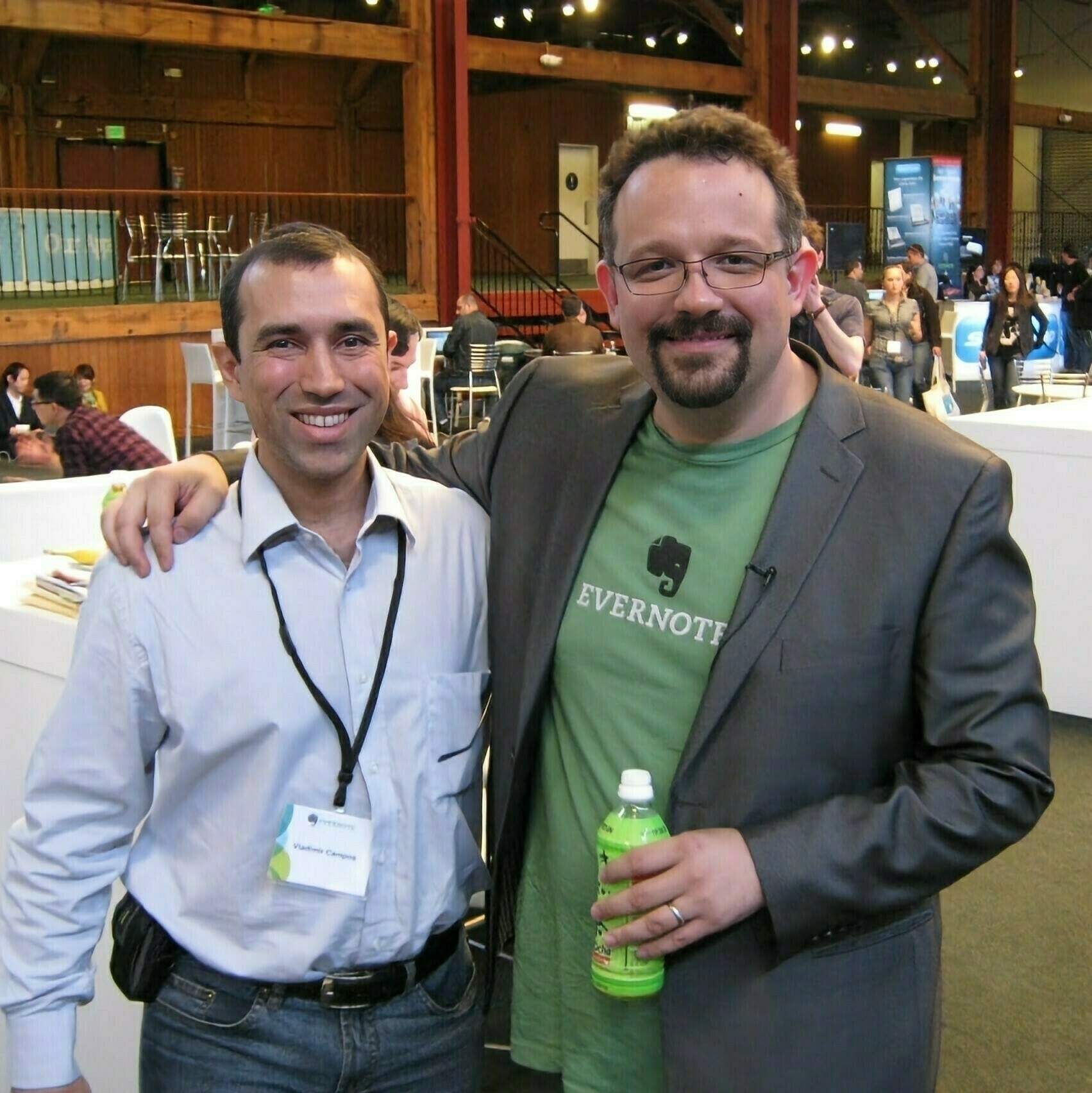Evernote-Conference
What inspired me to move from Obsidian Publish to Microblog?
TL;DR: a gateway to a thriving online presence
What if I told you there is a tool that can replace your blog, website, newsletter, podcast, bookshelf, and more? 🤯 It’s even compatible with the ActivityPub protocol.
In a recent article, I discussed how owning a domain and using permalinks can help you seamlessly move from one hosting service to another without losing your audience. Then I published another article devoted to describing a similar approach for your social media presence
Well, there is a way to combine the best of both words in a single place. Better yet, what if you could also include other services, like a newsletter? Have I mentioned that the price is a fraction of what you would pay for a combination of similar services from other companies?
Since this is too good to be true, I feel like a disclaimer is needed. No, this is not a sponsored post. I paid for my subscription, and no one at Micro.blog had any input on this article or any content I’ve been publishing about them. I’m doing it because, as you already know, I’m an enthusiast.
Anyway, I hope you’ll find the information below helpful.
My previous set-up
I have an institutional website for many years, but have been posting my articles on Medium for a long time to take advantage of the algorithm. Two YouTube channels, one in Portuguese and another in English, a newsletter hosted by Substack, and a presence on multiple social media platforms.
I believe that diversifying like this helps spread the word because I can take advantage of algorithms from multiple platforms. However, my entire business is run by myself, and things can quickly become overwhelming. So much so that last year I was forced to pause my newsletter for several months.
Why Obsidian Publish didn’t work for me
When I moved my website from WordPress to Obsidian Publish, I was trying to simplify things by having my notes and the website in the same tool. But if I’m being honest, it ended up creating more work. Not because of the publishing process, which is easy and straight-forward. The problem was me. I love taking notes, so I suddenly felt compelled to share as much as I could, and that came with its own set of complications.
Instead of just taking notes, I was constantly thinking about how to structure my notes to have them ready for use and, at the same time, good for publishing. Furthermore, my folders structure became a little chaotic due to the numerous additional files needed to create a website. I was constantly afraid of accidentally moving or deleting files.
There’s no way to have a blog when using Obsidian Publish, but I was kind of okay with that because Medium was my blogging platform at the time. I also read numerous complaints about SEO, but I’m not a specialist on this topic and cannot say much about it. However, the final hurdle was the verification process at Mastodon, which could never identify the needed code because of the way Obsidian Publish builds the website.
I couldn’t care less about verification, but I have already been impersonated, and unfortunately, some people following my YouTube channel in Portuguese were scammed. After that, I’ve been constantly trying to do all I can to prevent it from happening again.
What’s next?
In 2022, I tried Micro.blog, but it lasted for less than a year. It was the way the platform handled engagement that made me give up on it. If you would like to learn more about it, have already explained everything in more detail in another article.
For those of you who are not aware of Micro.blog, it’s a complete solution. It is a space to share short posts like ‘tweets’ and pictures, a blog, a website, a newsletter, a podcast hosting service, and many other amenities like bookmarks plus a ‘read it later’ with a highlights feature, a bookshelf, and more. And the price is amazing. US$5 or US$10, depending on the features you need. To learn more about it, I suggest you watch the video below. But beware that it doesn’t cover all its potential.
I still have my two YouTube channels, and they are not going anywhere. But I reactivated my blog on Micro.blog. I won’t stop publishing the articles on Medium, but I started adding a Canonical Link.
Micro.blog can be set to share the same content on other websites, like Medium. However, for now, I’m doing it manually.
ActivityPub
Regarding the newsletter, I am still using Substack, but I also intend to transition it to Micro.blog in the future. However, the feature in which I’m most interested is precisely the one that made me live in the first place. The blog is compatible with ActivityPub and, as explained in another article, anyone can follow it from any Fediverse service.
The strategy Flipboard is using inspired me. Their Mastodon instance — flipboard.social — works as a Twitter alternative, where the community can share and interact with one another. As for flipboard.com, it is being converted to be 100% compatible with the ActivityPub protocol. If all of this seems too much, please watch the video below. It may help you better understand the terminology I used above.
My plan is to rebuild my Twitter community on Mastodon, while Micro.blog will host my blog, site, and other services, acting as a central point to help people access all the content I’m constantly sharing online.
Nostalgia
This doesn’t necessarily count as a rational reason, but since when is feeling at home something that’s rational? When I first tried Microblog in 2022, I noticed a familiar face among the team: Jean MacDonald. I had the opportunity to meet here only twice for brief moments during the 2013 and 2014 Evernote Conferences. Nevertheless, the conversations we had were so pleasant that those moments remain etched in my memory to this day.
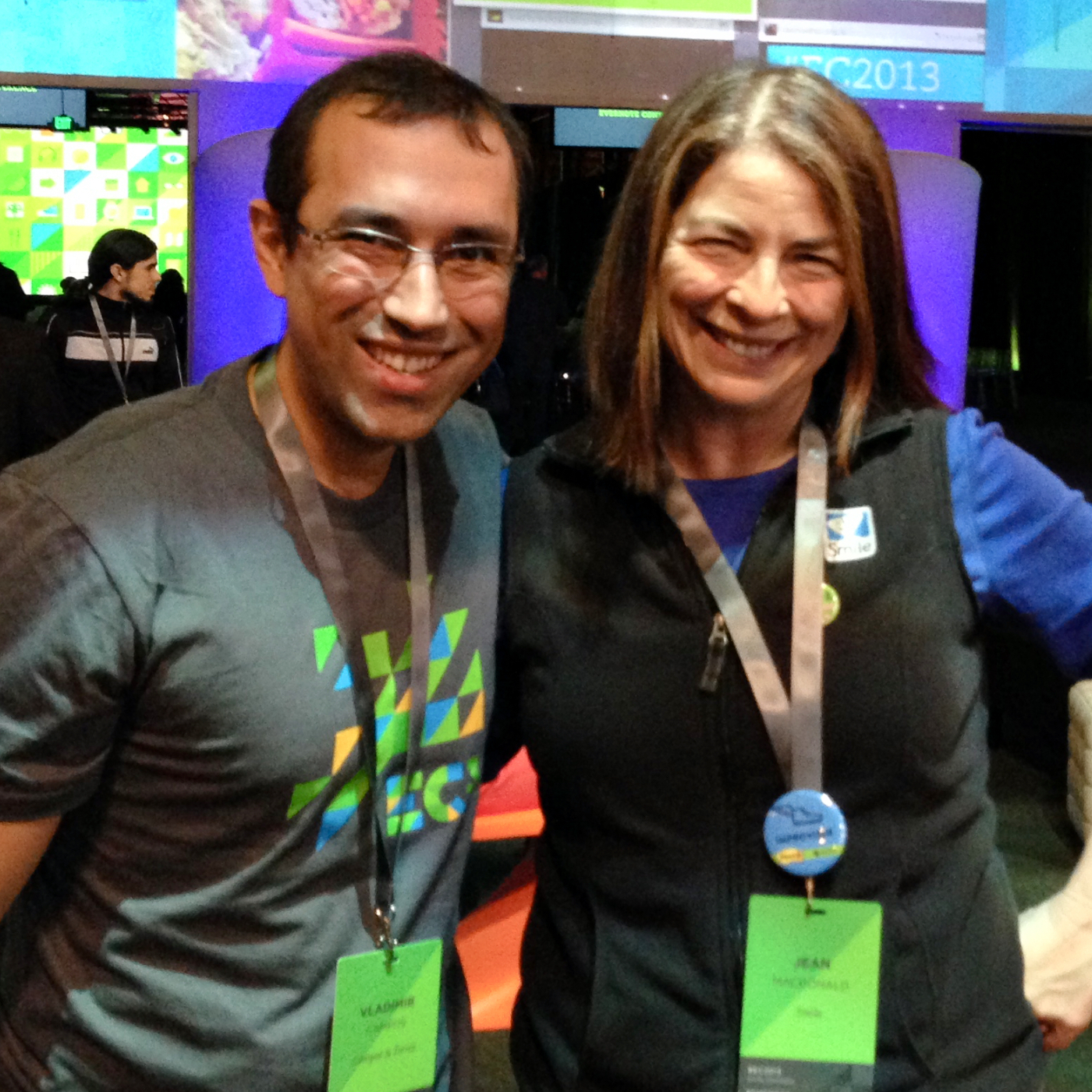
In conclusion, there’s nothing terribly wrong with Obsidian Publish. On the contrary, during those months I used it, it proved to be a fast and reliable service. But there’s no blog or ActivityPub there, and those are some reasons why Microblog is gradually becoming my online home.
Another reason, as I mentioned before, is that Micro.blog can work as a hub for publications. At some point in the future, when I finish my migration process, I’ll start using it to automatically cross-post content to other social media platforms.
Combined with all the other benefits I mentioned above, I’m expecting Micro.blog to significantly reduce the work I currently do every time I publish a new article or video.
What went wrong with Evernote? How did we get here?
I expect negative comments on every video or article I publish about Evernote now. Sadly, talking about it makes me feel anxious.
I don’t think Evernote is doomed, but there is a profound shift in perception going on. It used to be that going to the Evernote Conference was the most important moment I looked forward to every year. It was great to see my friends, clients, developers, and the Evernote team.
Furthermore, sharing news from the conference or anything else Evernote released throughout the year had such positive vibes. Now, it’s hard to ignore all the negativity out there.
But the mood didn’t shift at once; it rarely does.
It all started many years ago
In July 2015, Phil Libin stepped down as CEO, and Chris O’Neill initiated a series of changes that made many of us, myself included, uneasy with the future of the company, or, in other words, our notes.
Evernote had a family of companion apps, and the new CEO gradually discontinued most of them, making many of us unhappy. But moving Evernote’s database to Google Cloud and the layoffs kicked off the first negative wave I’ve ever seen. At least, I do not recall anything similar during the Libin years.
I have to believe that from a financial standpoint, moving to Google servers was the best course of action. Even Apple used Google’s service in the early stages of iCloud. And I think they still do. However, the public’s perception was distorted by the way the media covered all the other CEO decisions.
For instance, I recall reading articles that referred to Evernote’s headquarters as a “ghost town.” I was furious about that; it made no sense. Back when Libin was CEO, or, in other words, before the layoffs, I visited the company and can attest that the building was not fully occupied. As far as memory serves, floors one and two were completely empty. Not even desks! The idea was to have enough room to grow in the future.
Nevertheless, I can relate to the anger and frustration people felt. The way the story was told made it hard to tell the difference between noise and reality, which leads me to the topic of communication. I’ve always found Evernote to be terrible at conveying decisions to its users. And the problem is still present. For instance, I believe that transferring operations to Europe was an excellent decision, but again, the public perception was different.
When you are hosting people’s memories, you don’t have the luxury of being as secretive as Apple or carless as a cable TV announcing the new version of its app. Every decision has to be over communicated.
Visiting Evernote
I decided to stay in San Francisco for a few more days after the Evernote Conference to visit Evernote and some other companies.
Unfortunately, you are not allowed to take pictures inside the building, so these and other similar photos are all I have from my visit to Evernote headquarters in Redwood City. Fortunately, I was given a full tour.
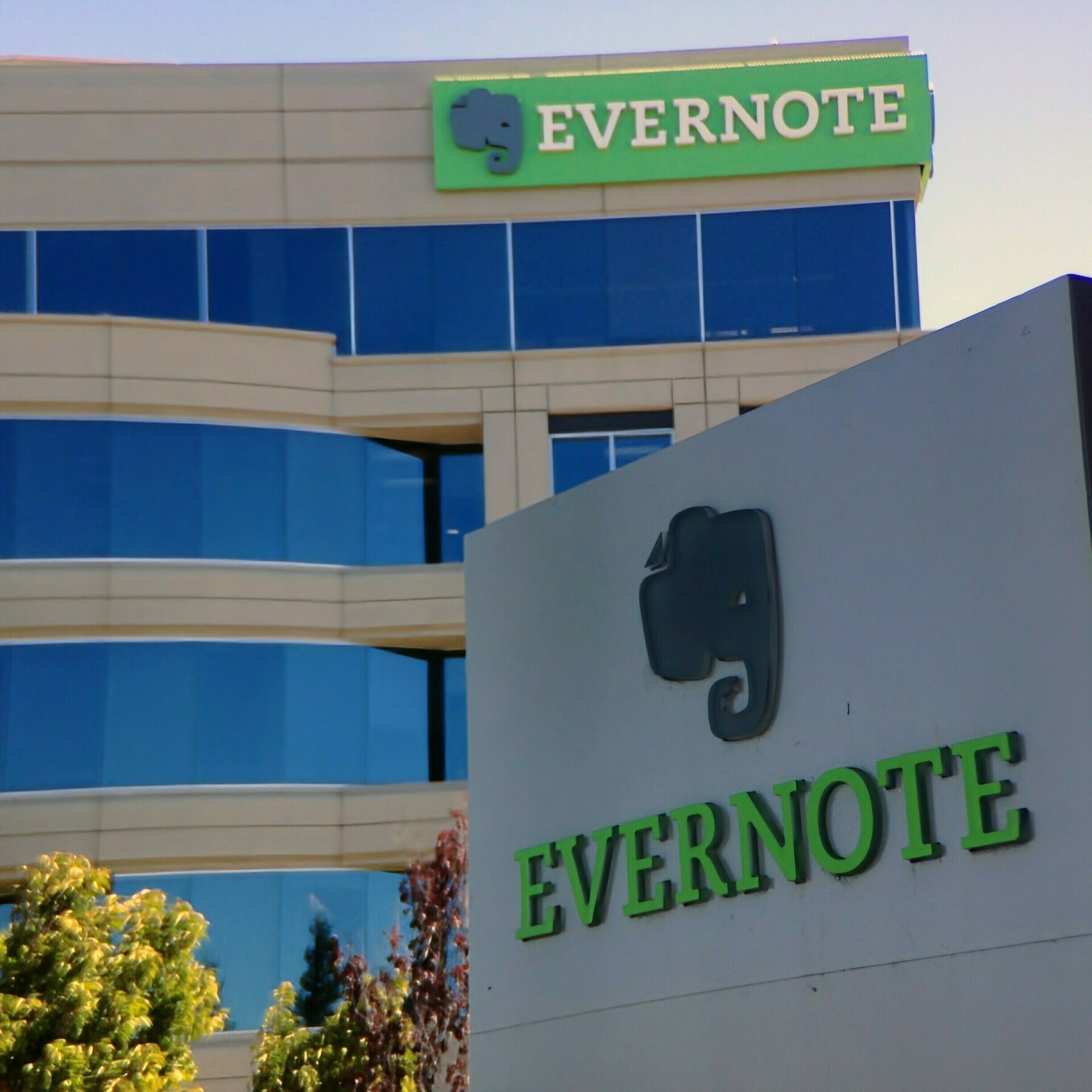
At the entrance there is a small cafeteria where employees can make their own coffee and drink it in Evernote cups. There’s also a small shop selling items from the Evernote Market and the famous chalkboard wall.
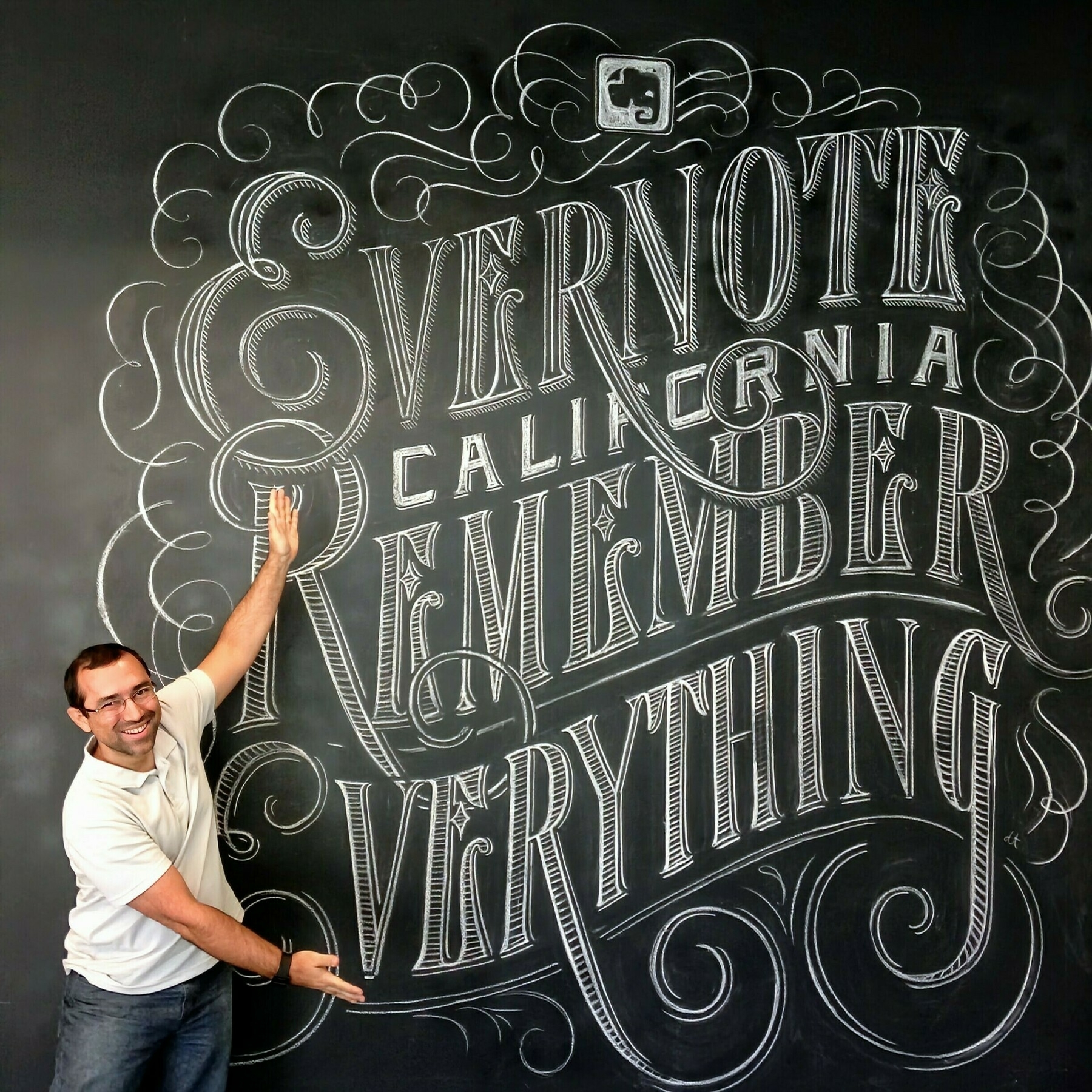
The first floors of the building are empty. In fact, they are quite raw; there isn’t even any finishing to the space. I was told the size of the building was thought to still fit everyone when the company grows. The upper floors are where people actually work and where I had the opportunity to meet and talk to different teams. One thing that surprised me was how many people knew who I was.
One interesting detail I noticed were the many walls pained with a special paint that makes them work as a whiteboard. Sometimes, people meet in front of a wall, have a conversation about a project, write or draw something on the wall, and then take a picture with Evernote. Pretty cool!
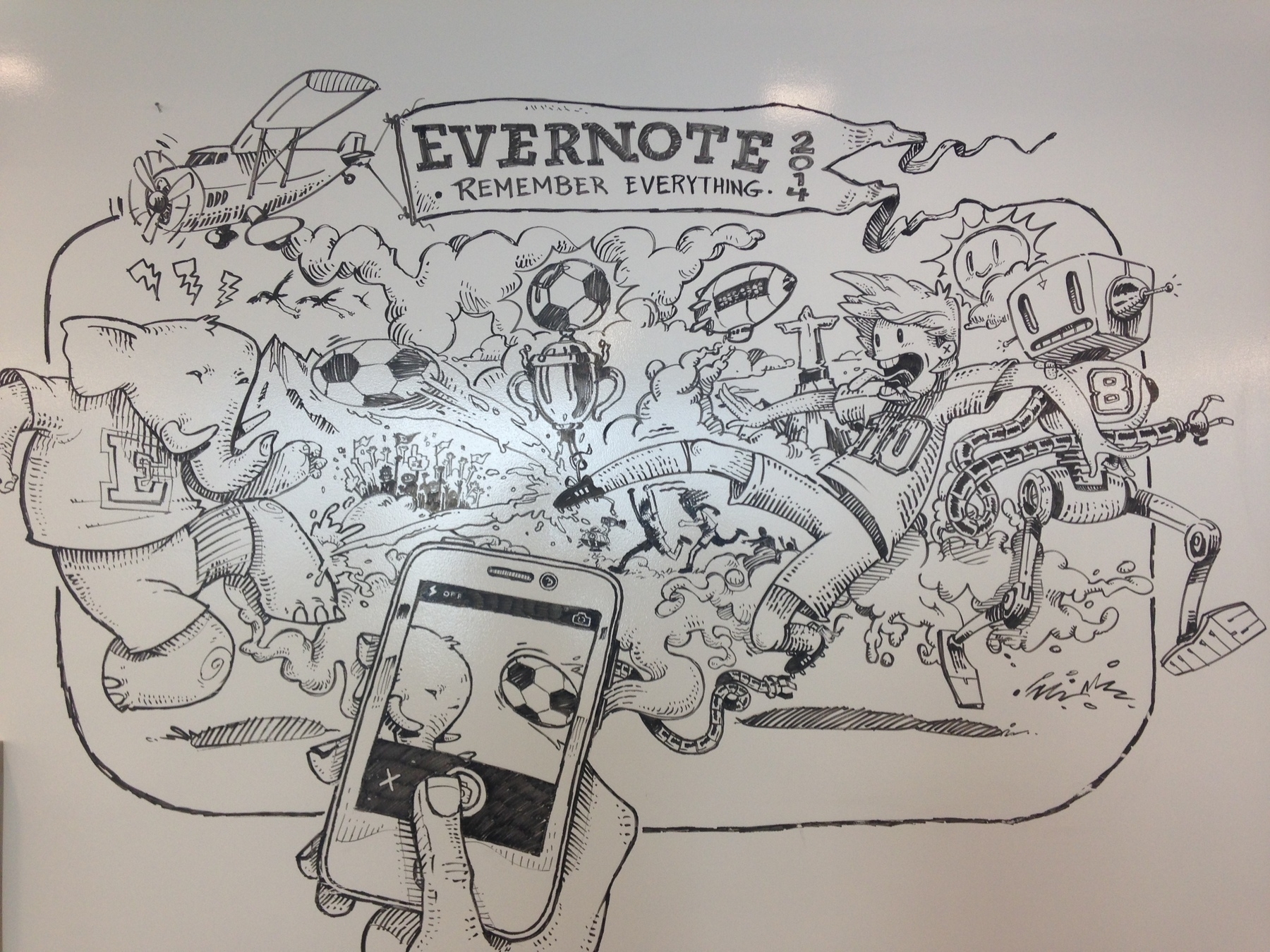
Before heading back to San Francisco, I had lunch with the marketing team at the cafeteria.
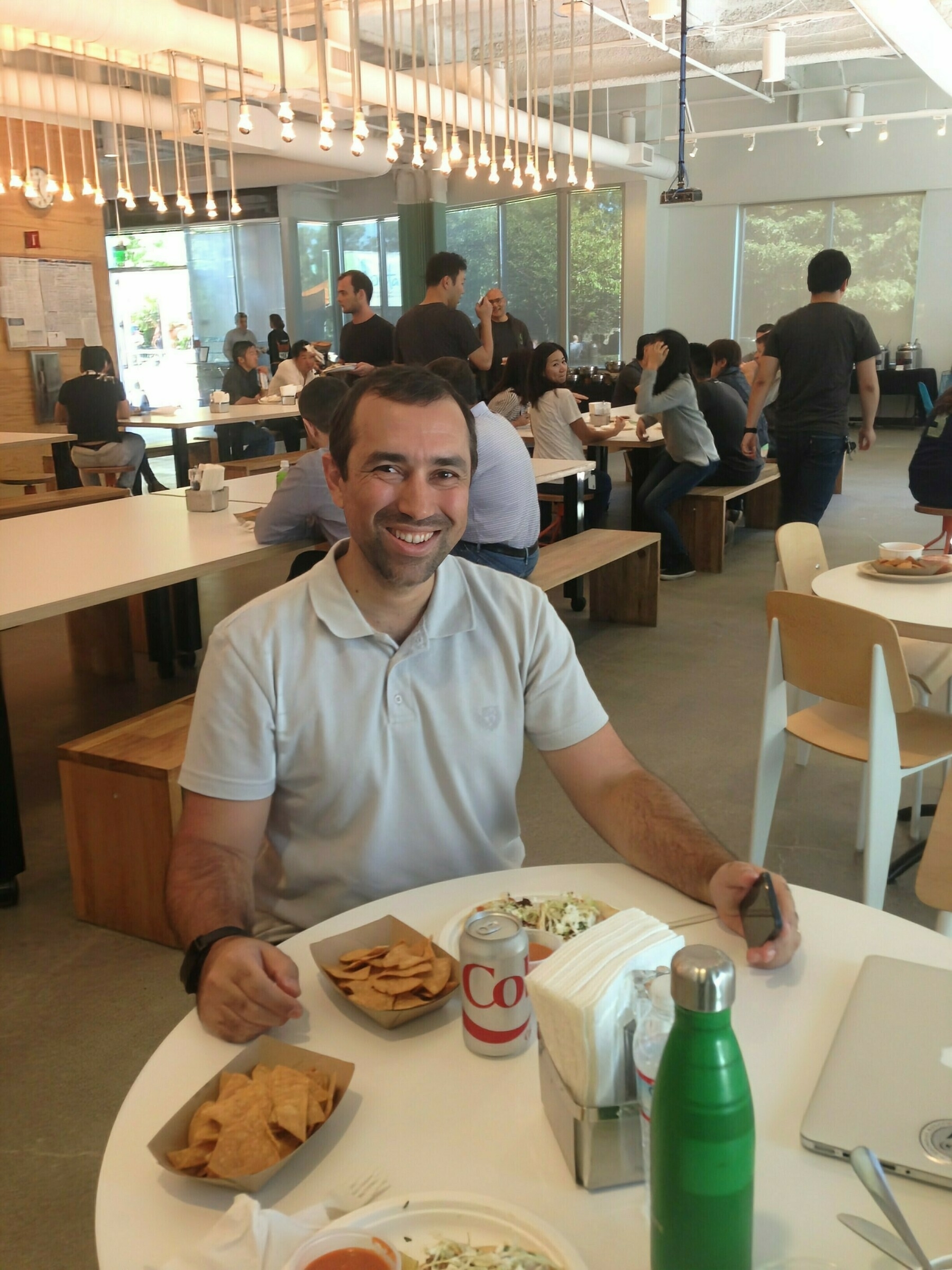
It was a nice experience to see where my beloved app is being built.


More present than his other suppliers from across the city
When I began consulting for Amaral Maia Sociedade de Advogados, located over 1,000 km away from me, many of my customers were already remote. But this was the first time a CEO told me something so special.
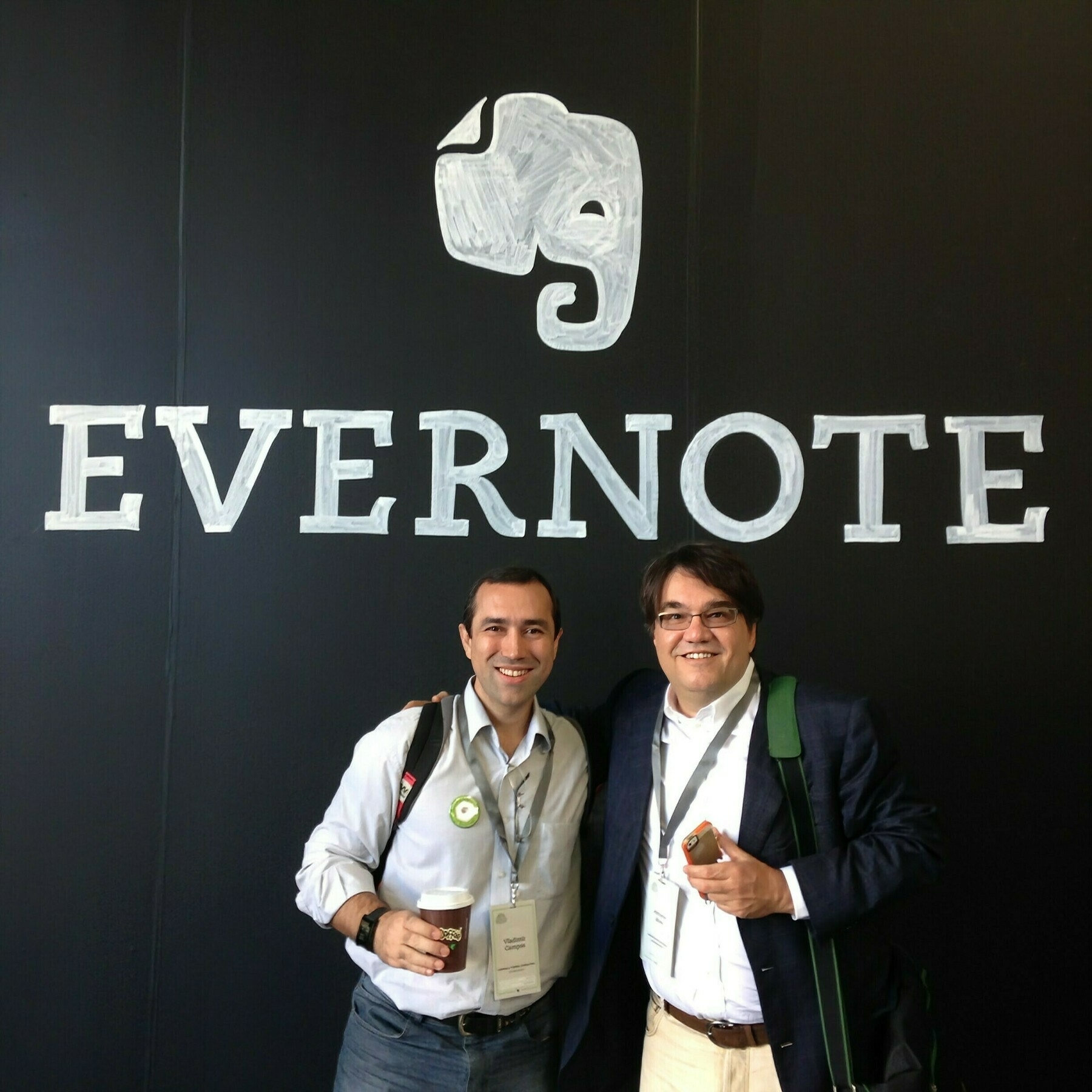
Even though it was a long project, the CEO and co-founder, Antonio Maia and I only met in person at the 2014 Evernote Conference. That’s when he told me that I was always more present than his other suppliers from across the city. I always believed in building strong relationships with my clients, regardless of distance, so this was such a lovely compliment to receive.
The consulting project with Amaral Maia Sociedade de Advogados was selected by Evernote for my presentation at the conference, which you can watch here.
Evernote Trunk Conference 2012
There are so many good things happening at this moment in my life. Not only am I currently writing a book about Evernote, but I was recently selected to join the companies’s Ambassador program. And then the unimaginable happened. I was invited to the 2012 edition of the Evernote Trunk Conference. This is such an honor.
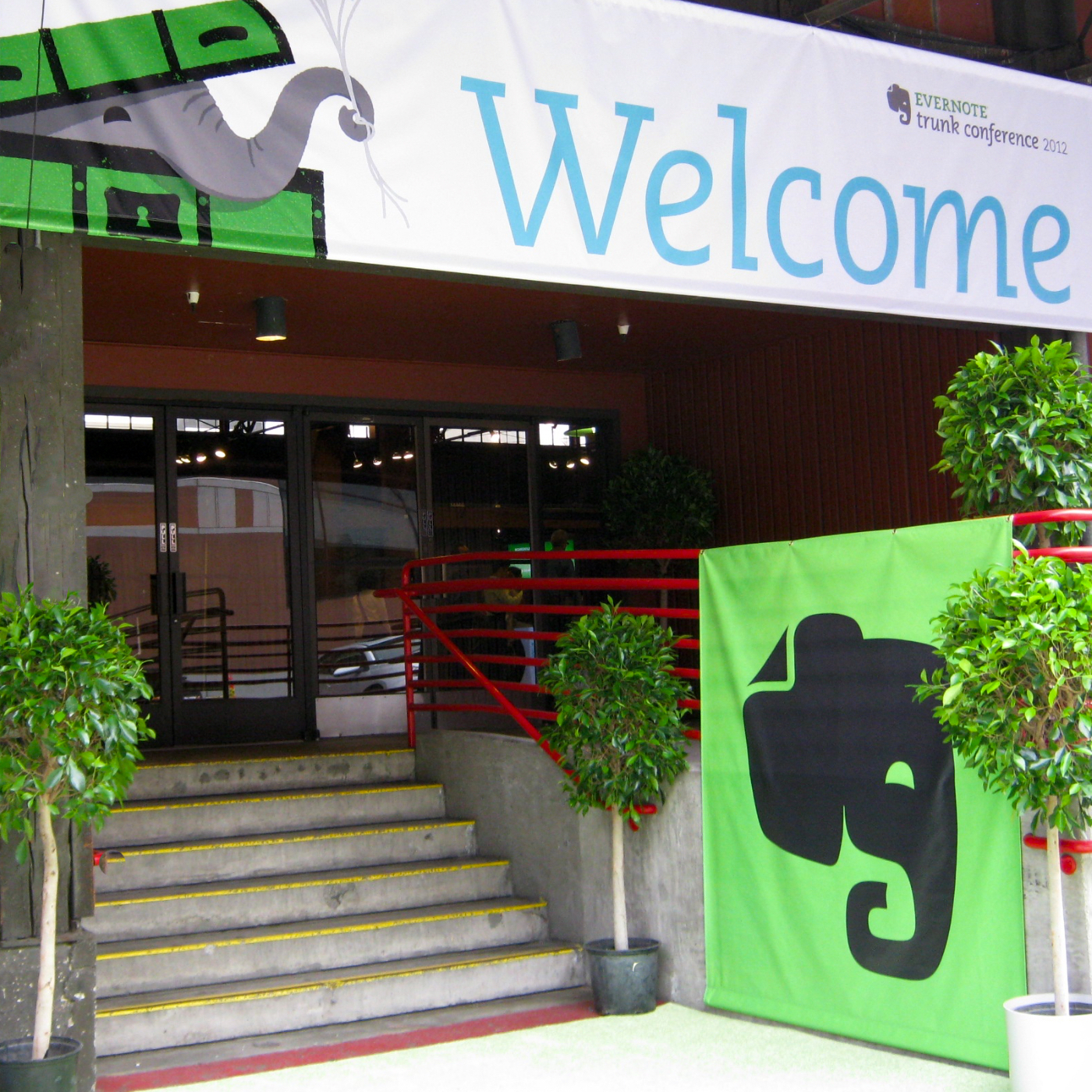
It’s great to be here, but it could have been an entirely different outcome. My US visa was valid, but my passport was expired. The issue I faced was that Evernote’s invitation was extended just a few weeks before the event, so I had very little time to go through the process of renewing my passport. I got it two days before the trip, so I think you can imagine how stressed I was.

Anyway, after that holster of emotions, there I was at the Concourse Exhibition Center & Trade Show Facility. It was great to be among so many enthusiasts like me.
Blending Analog and Digital
Listening to Phil Libin share his ideas and vision for the product was a fantastic experience, but there was more. The announcement of the Moleskin partnership happened in such a clever way. When we got back to the conference room, we found this envelope with the words “Do not open.”
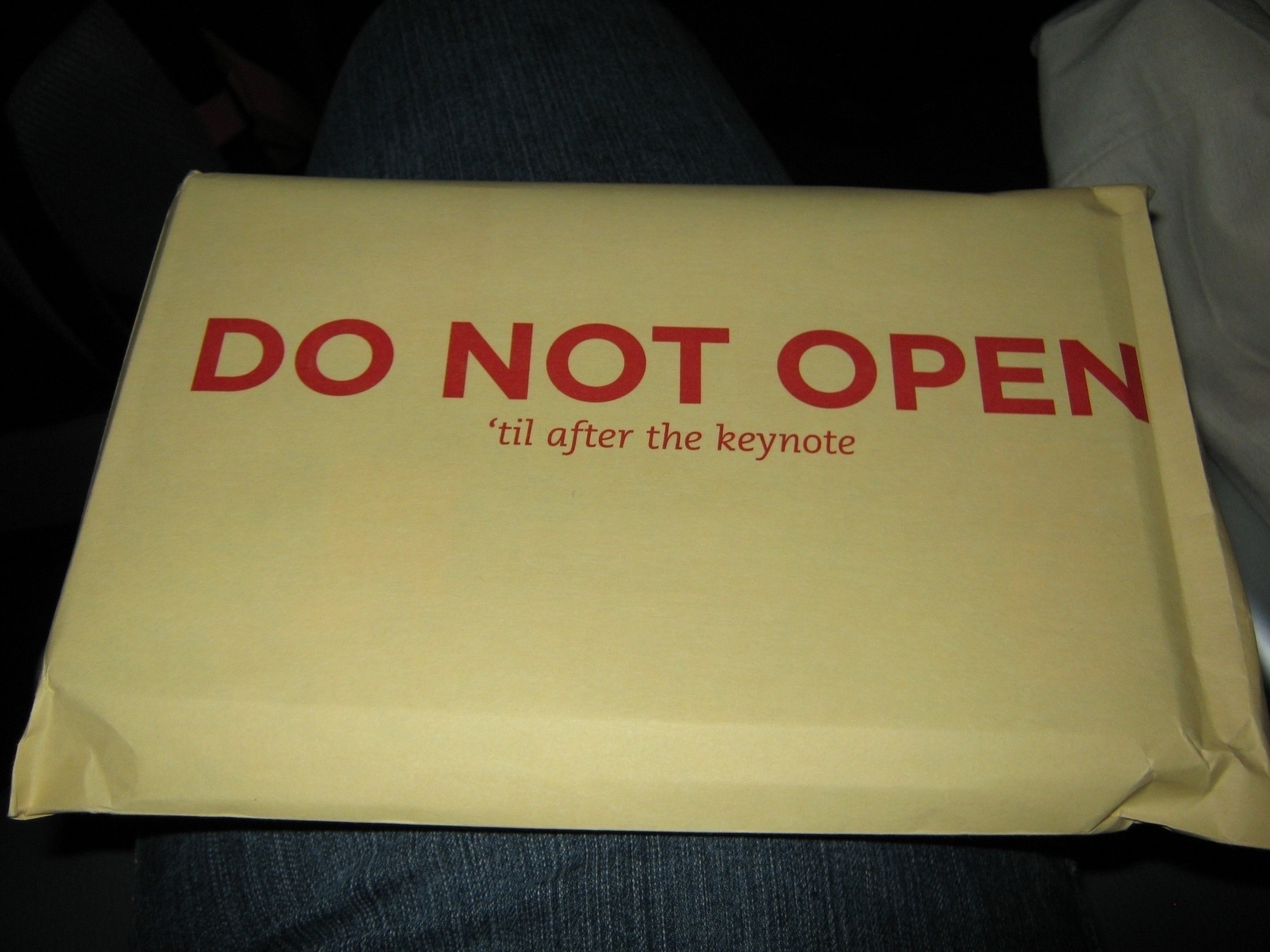
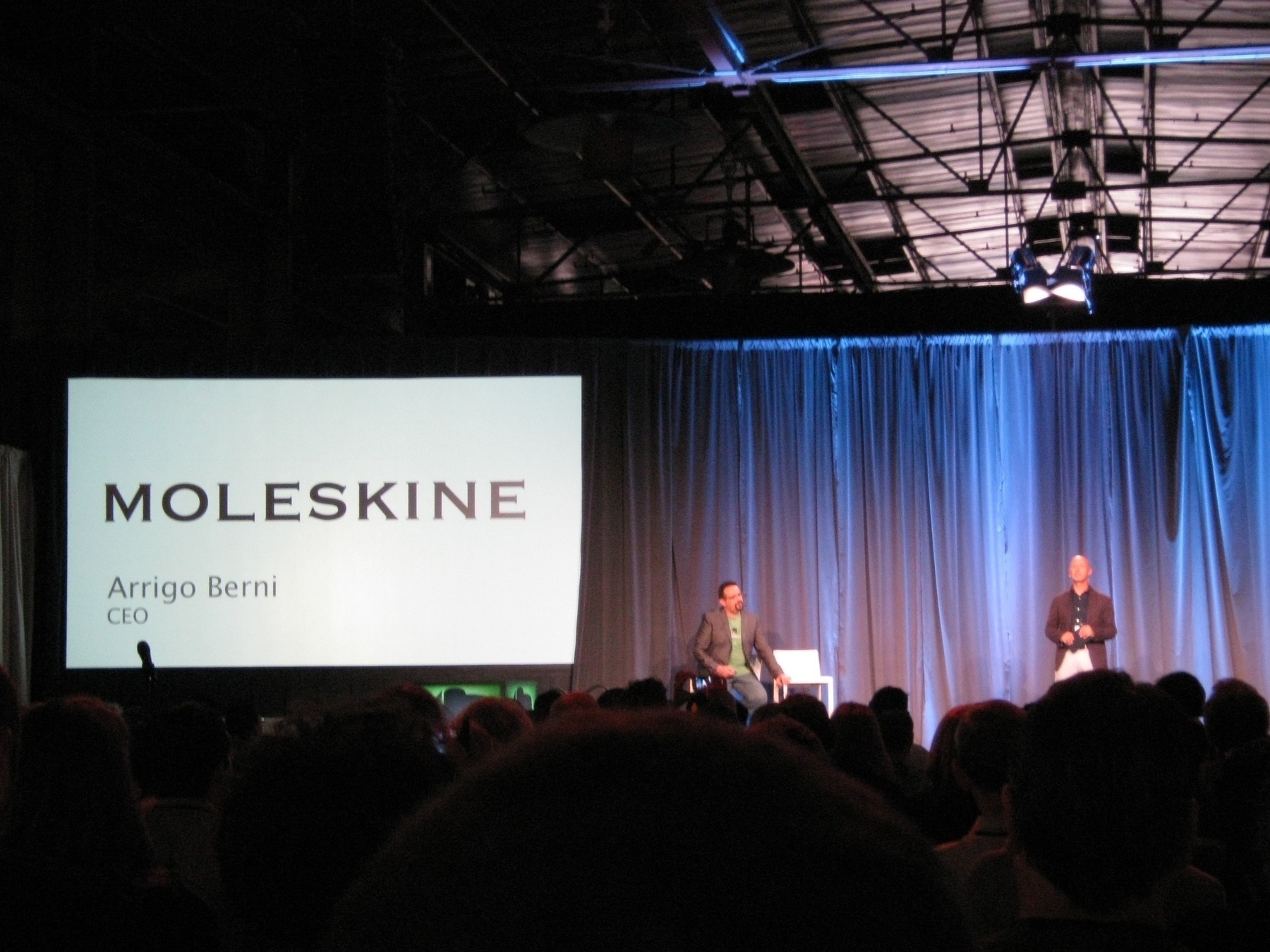
After listening to Arrigo Berni, the CEO of Moleskin, we were finally introduced to this new product. The Evernote camera will “understand” stickers that come with the Evernote Moleskin, automatically save them to a preselected notebook, and even add tags. I can’t wait to use this and share my thoughts.
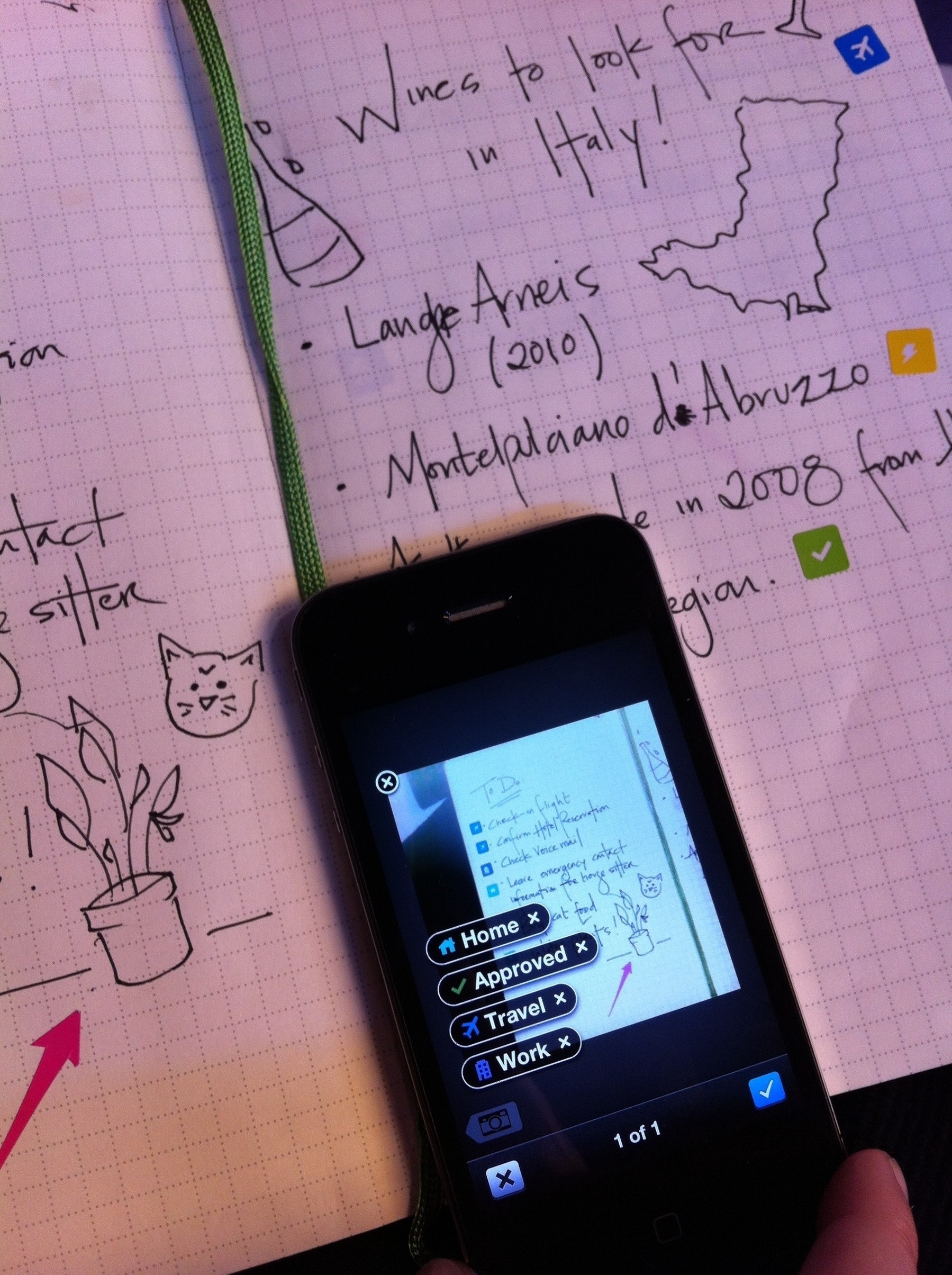
And to top it all off, I managed to snap a pic with Phil Libin before I headed out. It was such a great day. Thank you, Evernote, for inviting me! I loved every minute of every moment of it.
